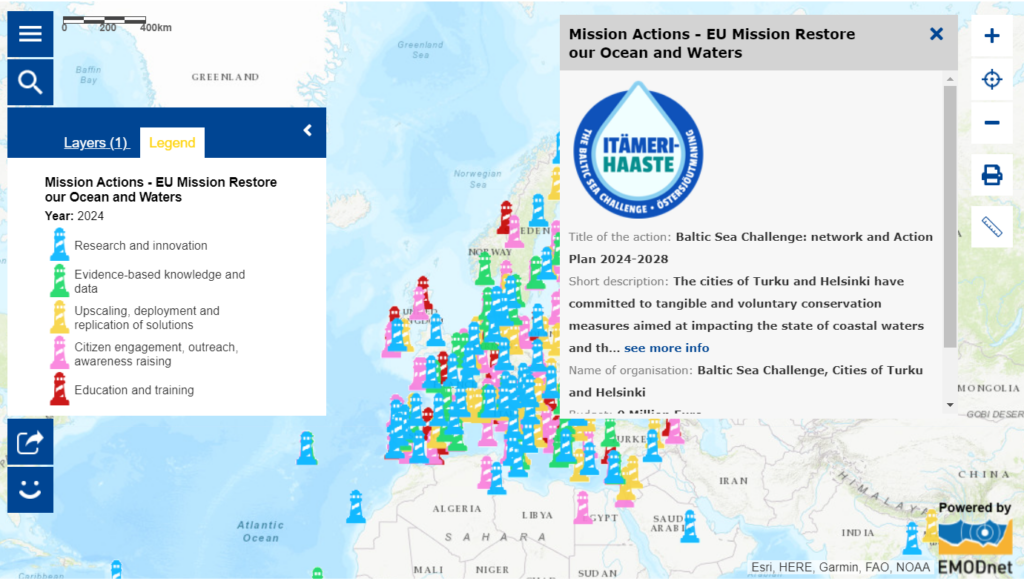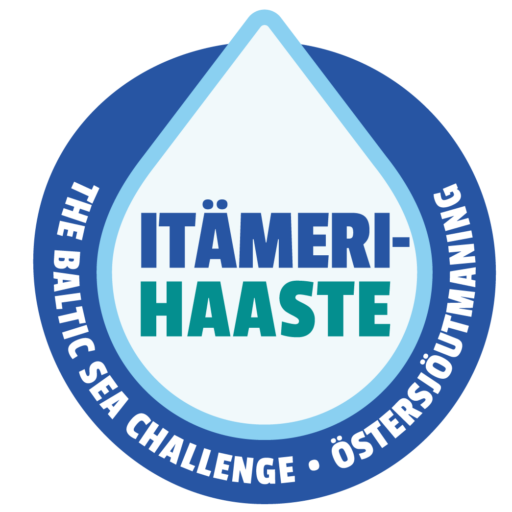The Baltic Sea Challenge committed to the European Union’s Ocean Mission
The EU’s Ocean Mission aims to improve the state of seas and waters by 2030. By committing to the mission, the Baltic Sea Challenge enhances international information exchange and increases visibility for local expertise.
The Ocean Mission, launched by the European Commission in 2021, is a new way to improve the state of seas and waters. The mission focuses particularly on protecting and restoring marine and freshwater ecosystems, preventing pollution and removing contaminants, and promoting a carbon-neutral blue economy.
To achieve these ambitious goals, the mission has involved various stakeholders, including public and private organizations, authorities, investors, and scientific communities.
The joint Baltic Challenge of the cities of Helsinki and Turku, founded in 2007, coordinates a network of around 300 members, two thirds of the member organizations are Finnish and implements its own action plan.

By joining the mission, the Baltic Sea Challenge enhances international information exchange, provides visibility for regional expertise, and seeks new ways to work for the Baltic Sea. The Baltic Sea Challenge is an excellent tool for strengthening interaction between the public sector, research, business, and other stakeholders. It is also a great example of effective and long-term cooperation between two of Finland’s largest cities.
The Baltic Sea Challenge committed to the mission through its fourth action plan for 2024–2028. The program includes concrete actions to reduce the cities’ load on the environment, as well as increasing cooperation and marine literacy. The mission’s website provides information on other committed entities, allowing others to read and learn about the Baltic Sea Challenge’s concept and action program.
The EU-level network also reminds us that protecting the Baltic Sea is a collaborative effort. The mission obliges participants to adhere to shared principles, which are:
– Involving citizens in the decision-making process
– Encouraging the use of funding from both public and private sources
– Sharing information and experiences with other entities that have signed the mission
– Evaluating the progress of the mission’s goals.
